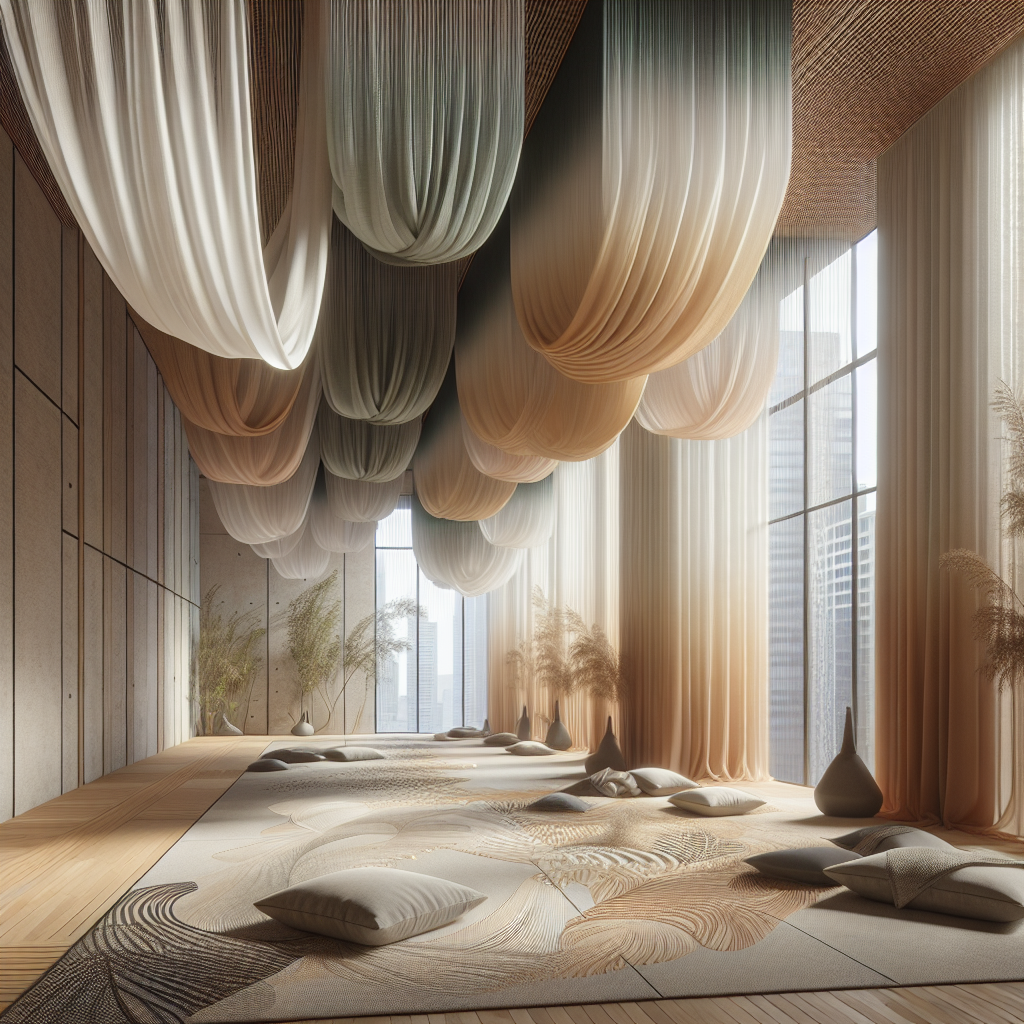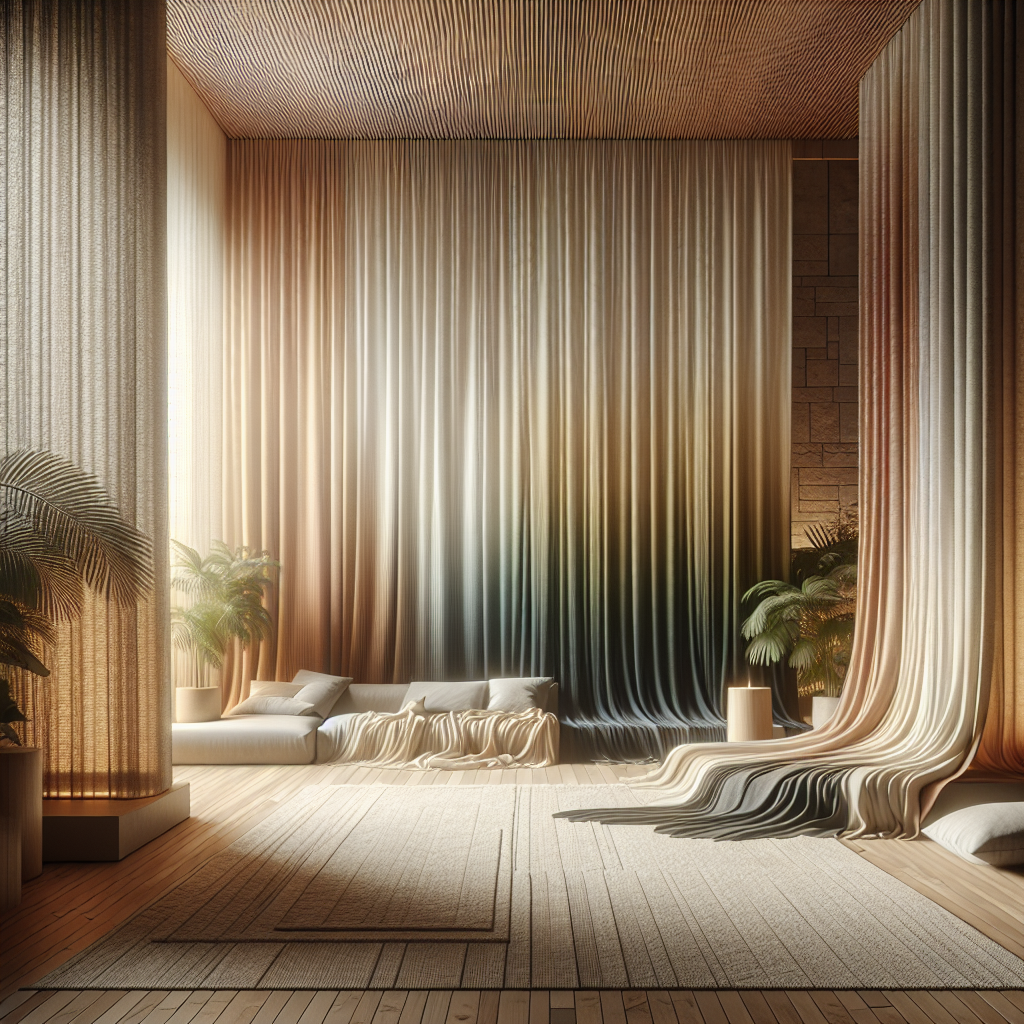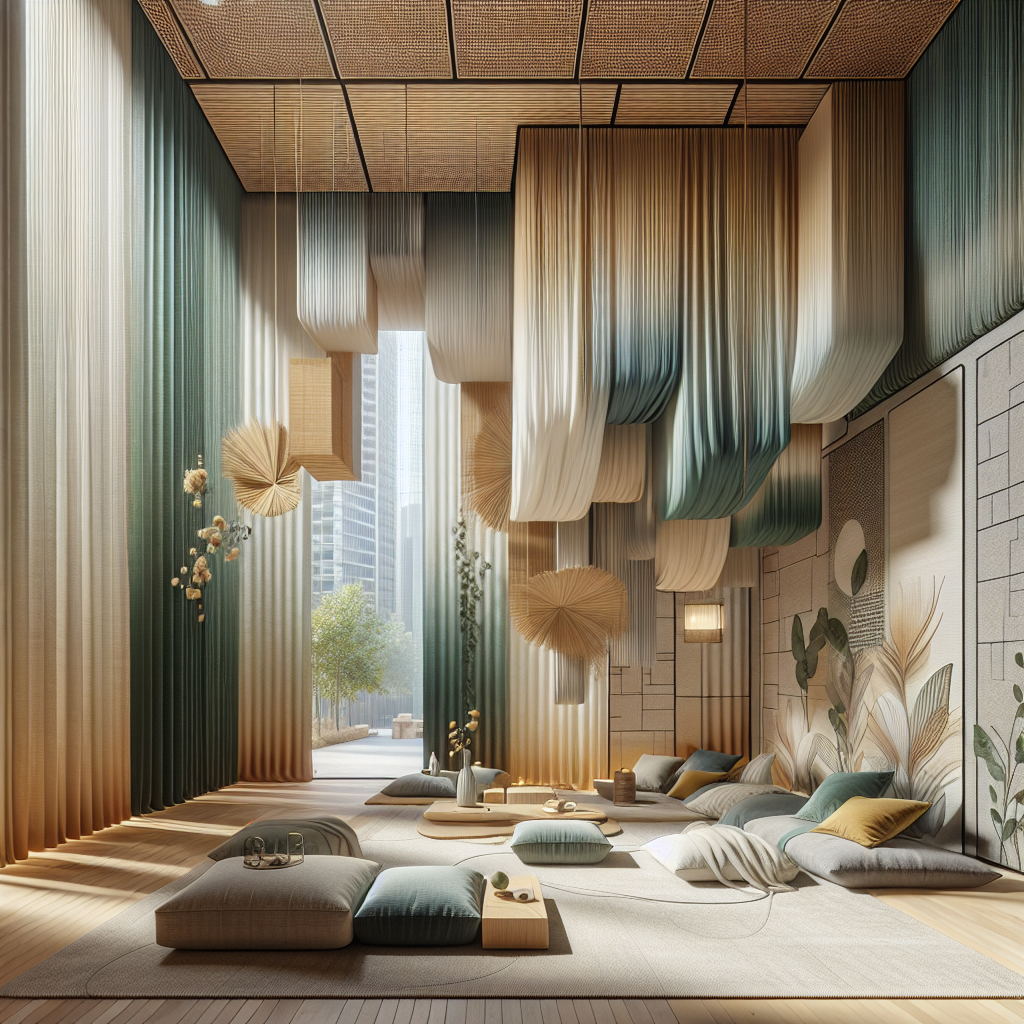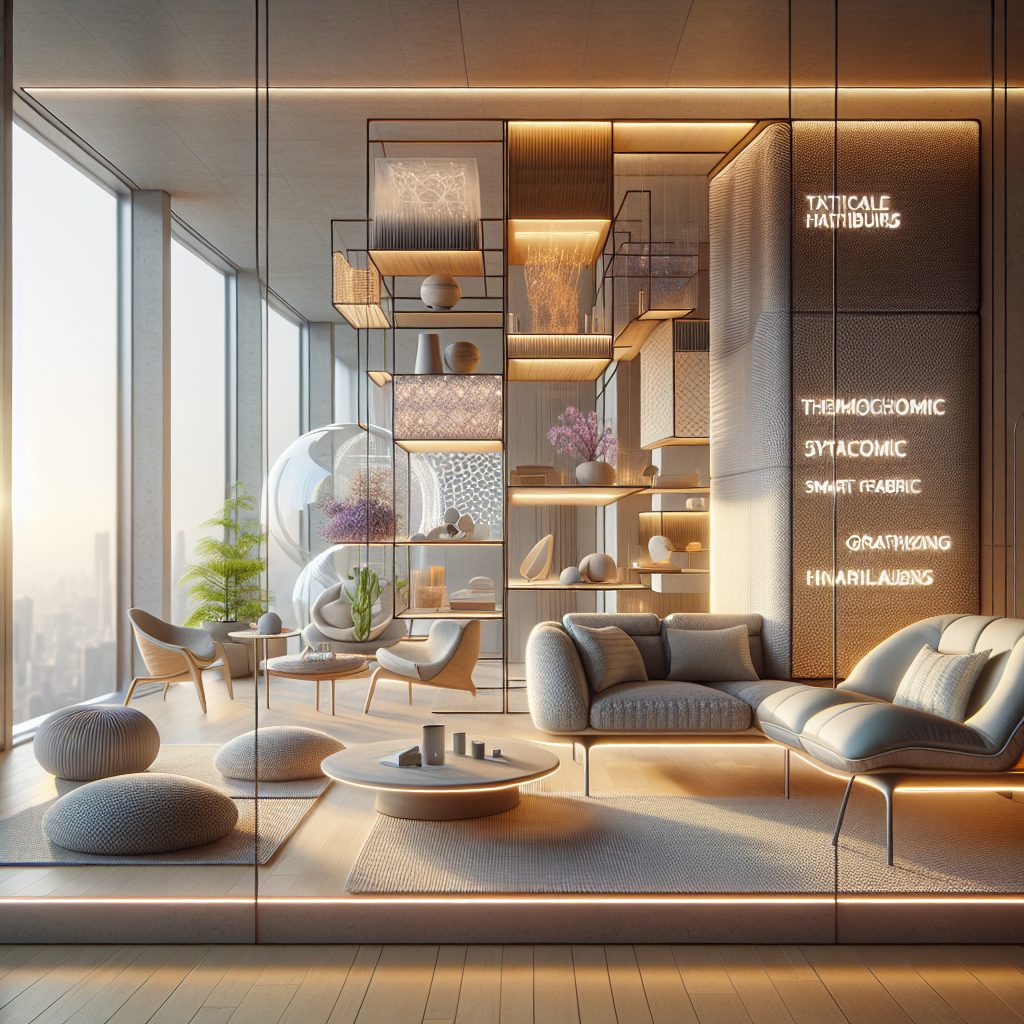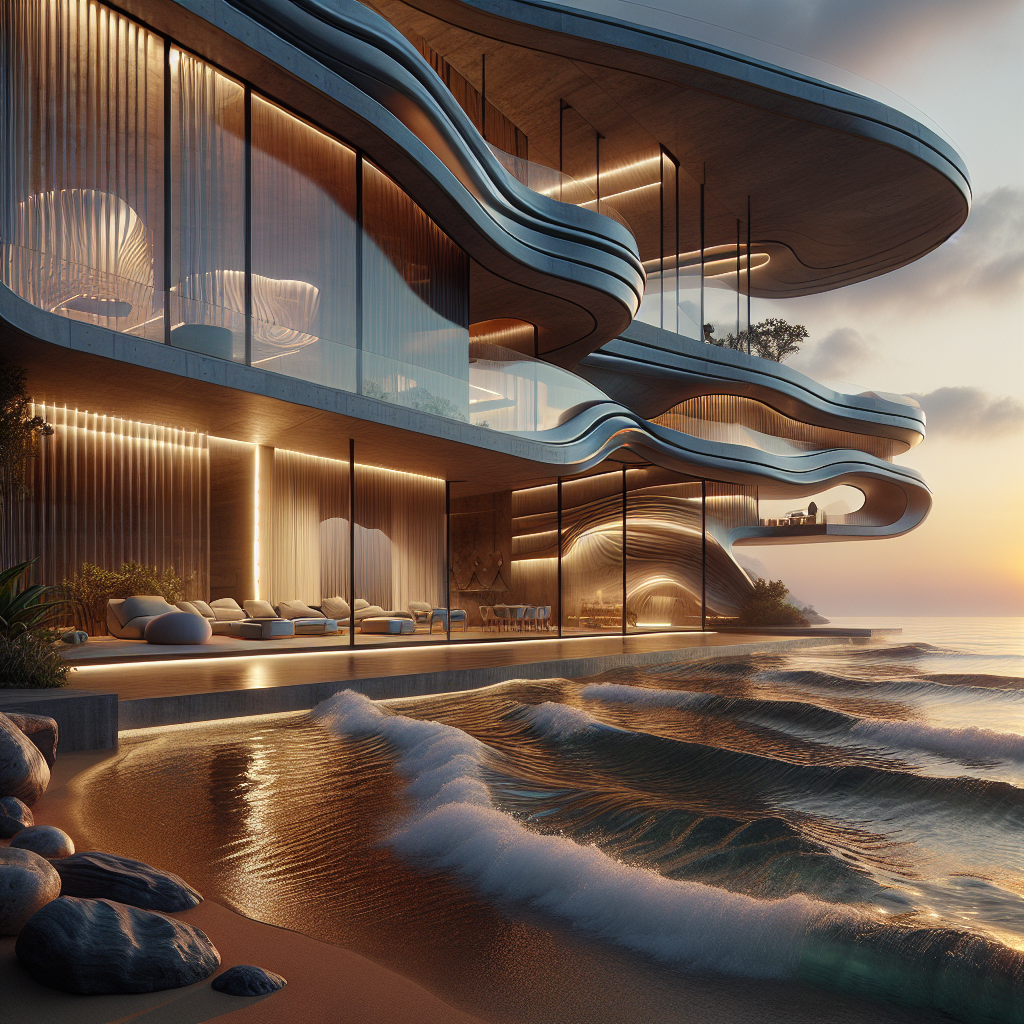Luxurious hush plush: drapery illusions for monumental calm

Luxurious Hush Plush: Drapery Illusions for Monumental Calm
In the bustling heart of urban environments, tranquility is a rare luxury. Architects and interior designers are increasingly turning to innovative drapery solutions, crafting serene spaces that offer respite from the relentless pace of modern life. These luxurious hush plush designs utilize sophisticated textiles and illusionary techniques to transform interiors into sanctuaries of monumental calm. From residential havens to commercial retreats, the rise of drapery illusions signals a profound shift towards sensory-rich, human-centric design.
The Art of Drapery Illusions: Sculpting Serenity
The concept of drapery illusions transcends mere aesthetics, venturing into the realm of sensory experience. Designers are harnessing the transformative power of textiles, playing with scale, texture, and translucency to sculpt spaces that exude calm and grandeur simultaneously. By strategically layering plush fabrics, they create optical illusions that soften architectural lines, diffuse natural light, and absorb ambient noise, crafting interiors that feel both expansive and intimately comforting.
Take, for instance, the recent redesign of the renowned Aman Spa in Tokyo. Here, architects employed cascading layers of semi-transparent silk drapes, meticulously arranged to create an ethereal, floating effect. As guests move through the space, the gentle sway of fabric panels generates subtle kinetic energy, fostering a sense of tranquility and movement reminiscent of traditional Japanese Zen gardens. This innovative approach underscores how drapery illusions can profoundly alter perceptions of space and time, inviting visitors into a state of mindful presence.
Material Matters: Textiles that Transform
The choice of fabric is pivotal in achieving the desired illusionary effect. Designers are increasingly gravitating towards sustainable, high-performance textiles that not only enhance visual appeal but also contribute positively to environmental and human health. Organic cotton, recycled polyester blends, and innovative biomaterials like algae-based fibers are becoming staples in luxury drapery design, aligning aesthetics with ecological responsibility.
A notable example is the use of raffia textiles, celebrated for their sustainable credentials and natural aesthetic appeal. As detailed in our previous exploration of raffia’s sustainable impact on design and architecture, this versatile material offers designers a unique opportunity to blend luxury with sustainability. Its inherent texture and subtle sheen lend depth and warmth to interiors, making it ideal for creating sophisticated drapery illusions that resonate with contemporary sensibilities.
Acoustic Comfort: Drapery as Soundscape Sculptors
Beyond visual allure, luxurious drapery plays a critical role in acoustic comfort—a vital aspect of interior design often overlooked. In bustling urban settings, noise pollution significantly impacts mental well-being, making acoustic management essential. Plush, multi-layered drapes effectively absorb sound waves, reducing reverberation and creating quieter, more serene environments.
This acoustic advantage is exemplified in the newly unveiled “Quiet Room” at London’s prestigious Claridge’s Hotel. Here, designers incorporated heavy velvet drapes with intricate pleating, dramatically reducing ambient noise and crafting an intimate, hushed atmosphere. The result is a sanctuary within the city, offering guests a rare moment of peace amidst urban chaos. Such thoughtful integration of acoustic drapery solutions underscores the growing recognition of sound as a critical component of luxury interior design.
Illusionary Techniques: Playing with Perception
Innovative illusionary techniques are at the heart of contemporary drapery design, enabling architects to manipulate spatial perception creatively. By strategically positioning drapes, designers can visually expand or contract spaces, direct attention, and evoke specific emotional responses. Techniques such as gradient color transitions, subtle patterning, and strategic lighting enhance these illusions, adding layers of depth and intrigue to interiors.
A striking example is the acclaimed renovation of Paris’s iconic Hôtel de Crillon. Designers employed floor-to-ceiling drapes featuring delicate ombré gradients, transitioning from deep indigo at the base to ethereal white at the top. This clever use of color gradation creates an illusion of soaring ceilings, imbuing the historic interiors with a contemporary sense of grandeur and openness. Such meticulous attention to detail demonstrates the transformative potential of drapery illusions in redefining luxury spaces.
Biophilic Inspirations: Nature-Infused Drapery Designs
The growing influence of biophilic design principles is profoundly shaping the evolution of luxurious drapery solutions. As explored in our previous article on biophilic design and its impact on human health and well-being, integrating natural elements into interiors significantly enhances occupant comfort and emotional well-being. Drapery designs inspired by organic forms, textures, and patterns evoke a sense of connection to nature, promoting relaxation and rejuvenation.
The recently completed “Sky Garden Lounge” in Singapore exemplifies this trend. Designers incorporated drapes featuring intricate botanical motifs and textures reminiscent of lush foliage, seamlessly blending indoor and outdoor environments. Coupled with strategic lighting and carefully curated greenery, these nature-inspired drapery illusions create an immersive, restorative experience, underscoring the profound impact of biophilic design on contemporary interiors.
Future Directions: Technology Meets Tradition
Looking ahead, the intersection of technology and traditional craftsmanship promises exciting possibilities for luxurious drapery design. Advances in smart textiles, augmented reality, and digital fabrication techniques are enabling designers to push creative boundaries, crafting dynamic, responsive drapery solutions that adapt to occupants’ needs and environmental conditions.
For instance, e-textile drapes embedded with sensors can automatically adjust opacity and acoustic properties based on ambient noise levels and lighting conditions, creating personalized comfort zones. As highlighted in our recent exploration of e-textile drapes reacting to humidity and temperature, these innovations represent a significant leap forward in merging aesthetics, functionality, and user-centric design.
Moreover, augmented reality tools are revolutionizing the design visualization process, allowing architects and clients to experience drapery illusions virtually before physical implementation. As detailed in our feature on virtual reality in architecture, these immersive technologies facilitate more informed decision-making, ensuring optimal alignment between design intent and user experience.
Conclusion: Drapery Illusions as Catalysts for Calm
Luxurious hush plush drapery illusions represent a compelling evolution in interior design, offering architects and designers powerful tools to craft serene, sensory-rich environments. By thoughtfully integrating sustainable materials, acoustic considerations, illusionary techniques, and biophilic inspirations, these innovative solutions redefine luxury as an experience rooted in comfort, tranquility, and well-being.
As urban life continues to accelerate, the demand for spaces that nurture calm and contemplation will only grow. Drapery illusions, with their unique ability to transform interiors into sanctuaries of monumental calm, are poised to play an increasingly vital role in shaping the future of luxury design.
For further insights into sustainable and innovative design trends, explore our recent analysis of wooden skyscrapers and the rise of timber in high-rise construction, highlighting how traditional materials are reshaping contemporary architecture.
Discover more about the history and techniques of drapery in architecture on Wikipedia’s Drapery page, or delve into the broader field of interior design for additional context and inspiration.
